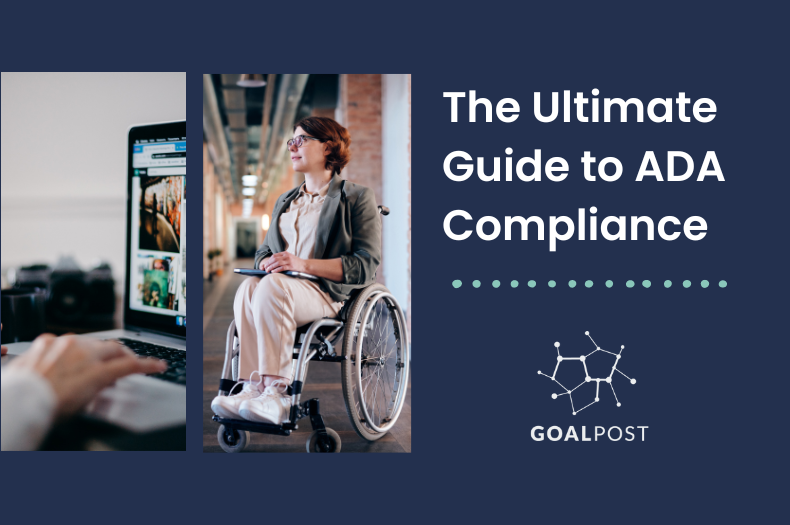Is Your Website Really Accessible to All?
Imagine landing on a great, visually interesting website..but due to a disability, you’re unable to navigate or access the content.
For millions of people, this is a reality. Making sure your website is ADA compliant isn’t just a legal requirement—it’s about inclusivity, user experience, and expanding your audience.

Why ADA Compliance Matters
1. Inclusivity and Accessibility
ADA compliance ensures your website is accessible to all users, including those with disabilities. Whether someone is visually impaired, hearing impaired, or has cognitive challenges, an accessible website guarantees they can fully interact with your content.
By fostering inclusivity:
- You welcome a broader audience.
- You enhance your brand’s reputation by showing commitment to accessibility.
2. Legal Compliance
Non-compliance with ADA can lead to legal risks, including lawsuits and fines. As more lawsuits target websites that fail to accommodate users with disabilities, it’s crucial to avoid these risks by being proactive.
3. User Experience and SEO
ADA compliance often overlaps with usability best practices. For instance, using alt text for images not only helps screen readers but also boosts your SEO, improving your website’s ranking on search engines.
How Does ADA Compliance Benefit Your Business?
Here’s why ADA compliance gives your business a competitive edge:
- Reach a Larger Audience: There are millions of individuals with disabilities in the U.S. alone. Making your site accessible means you’re opening your doors to a significant market segment.
- Improve Customer Retention: An accessible site is easier to navigate, encouraging customers to return and recommend your site to others.
- Positive Publicity: Being ADA compliant can position your brand as inclusive and forward-thinking, attracting favorable media coverage and customer loyalty.

Key Benefits of ADA Compliance:
- Legal protection from costly lawsuits.
- Enhanced user experience and SEO benefits.
- Increased brand reputation through inclusivity.
- Access to a larger, often overlooked market segment.
Action Steps for Ensuring ADA Compliance
- Audit Your Website: Use tools like WAVE or Axe to assess your website’s accessibility.
- Implement Accessibility Features: Add alt text to images, double-check for clear navigation, and offer closed captioning for videos.
- Conduct Regular Compliance Checks: Check ADA compliance before major updates, new content, or quarterly to stay up-to-date.
Engage Experts: Work with accessibility consultants to solidify testing and compliance.
Don’t Wait! Take Action Today
ADA compliance is more than a legal obligation—it’s a commitment to providing an inclusive, user-friendly experience for everyone. Don’t let your website miss out on opportunities to connect with a broader audience while also mitigating legal risks.






